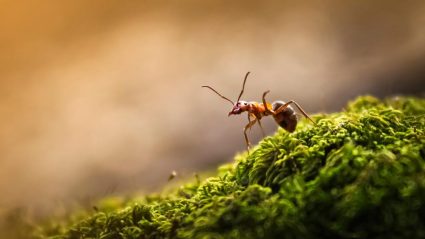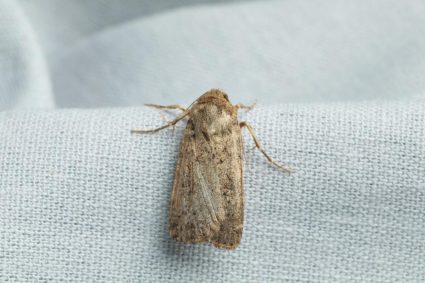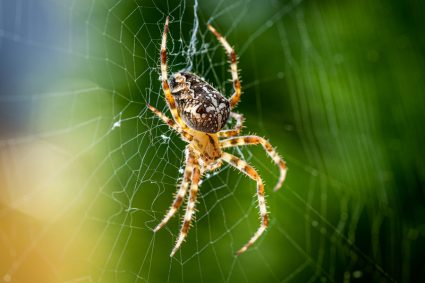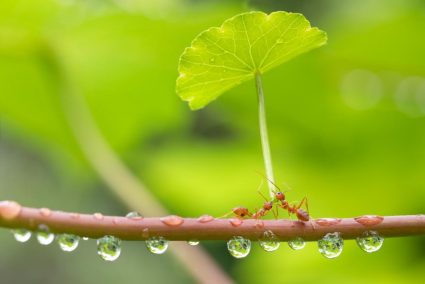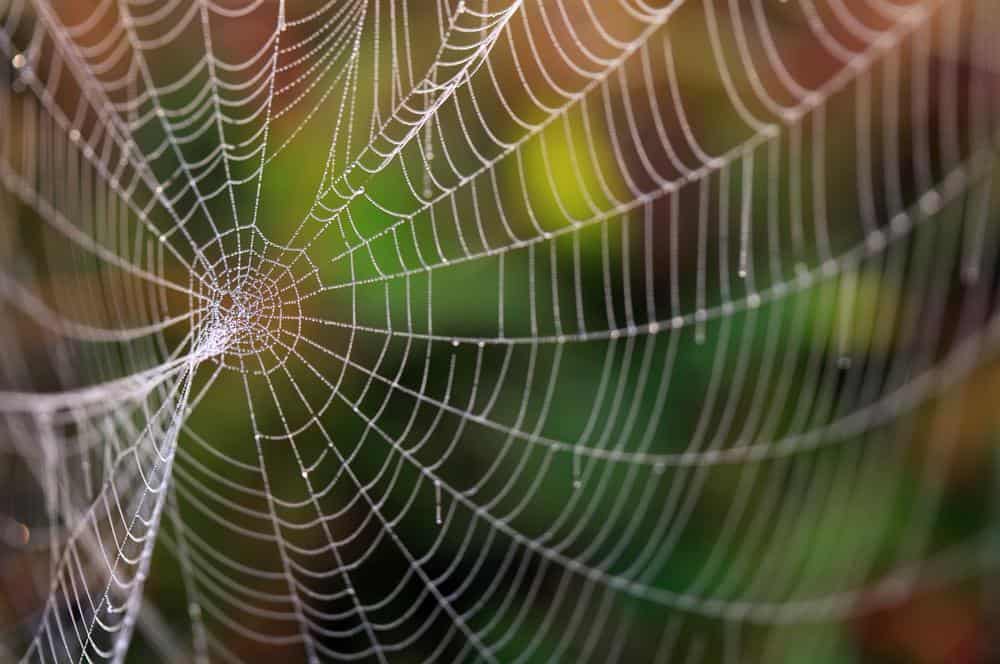
Houseplants add a touch of nature to your indoor spaces, purify the air, and can even boost your mood. However, they can also attract unwanted guests – spiders. While spiders are beneficial in controlling other pests, their webs can be unsightly and some species can harm your plants. This comprehensive guide will help you understand why spiders infest houseplants, how to identify an infestation, and most importantly, how to keep spiders out of houseplants.
To keep spiders out of your houseplants, consider growing spider-repellent plants like lavender or basil nearby, regularly clean around your houseplants, and use a citrus-scented dish soap solution to wipe your plants. Increasing the humidity around your plants and washing their foliage can also deter spiders. If needed, use insecticidal soap or introduce natural predators like ladybugs to help control spider populations.
Why Spiders Love Your Houseplants
Spiders are attracted to houseplants for several reasons. First, houseplants provide hiding spots, moisture, and the possibility of insects for the spider to eat. Conditions that invite spiders into your home include dampness, darkness, and peace. Tall plants like sunflowers can also attract spiders due to their ability to spin larger webs.
A few factors that attract spiders to your home include:
- Presence of insects: Spiders feed on insects, so having insects in your home can attract spiders.
- Moisture: Some spider species are attracted to damp environments, such as basements, bathrooms, or areas with standing water.
- Warm and dark spaces: Spiders prefer dark and secluded areas, which can be found in basements, crawl spaces, attics, and garages.
- Clutter: Cluttered areas can provide hiding spots for spiders and their prey.
Identifying Spider Infestation in Houseplants
Before you can eliminate spiders from your houseplants, you need to be able to identify an infestation. Some common signs of a spider infestation include:
- Pale markings or stippling between leaf veins.
- Discolored, speckled, curled, dried, or shriveled leaves.
- Leaves turning yellow and developing a dusty appearance.
- Tiny webs forming over flower buds, between leaves, or on the lower surfaces of the leaves.
- Silvery dots or patterns on the leaves.
- Small, delicate webs in corners of stems or underneath leaves with tiny white, brown, or red dots scattered throughout.
How to Keep Spiders Out of Houseplants
Now that we understand why spiders infest houseplants and how to identify an infestation, let’s discuss some effective strategies for keeping spiders out of houseplants.
Grow Spider-Repellent Plants
Some plants have strong scents that spiders dislike. Consider growing basil, lavender, mint, rosemary, or lemongrass near your houseplants to deter spiders. You can also use essential oils derived from these plants as a natural spider repellent.
Use a Dish Soap Solution
Mix water and citrus-scented liquid dish soap to create a spider-repellent solution. Wipe your houseplants with this mixture using a cloth or paper towel to remove any spiders or mites.
Increase Humidity
Spider mites prefer warm, dry environments. Increase the humidity around your houseplants by using a plant humidifier or regularly misting the plants with water.
Wash Plant Foliage
Use a soft cloth or a forceful spray of lukewarm water to wash the leaves of your houseplants, which can help reduce the spider mite population.
Regular Cleaning
Clean your home regularly, especially around your houseplants, to prevent spiders from finding a suitable environment to live in.
Use Insecticidal Soap
Both indoor and outdoor plants can be washed down with insecticidal soap to get rid of spiders and spider mites.
Introduce Natural Predators
If you prefer a natural approach, consider introducing beneficial insects like ladybugs or lacewings to your indoor garden, as they can help control spider mite populations.
Conclusion
Maintaining spider-free houseplants is a continuous process that requires regular inspection and care of your plants. By implementing the strategies discussed in this guide, you can effectively keep spiders out of your houseplants and enjoy the benefits of indoor gardening without any unwanted guests.
Frequently Asked Questions
What are the most common types of spiders that infest houseplants?
The most common types of spiders that infest houseplants are spider mites, which are not true spiders but are close relatives. They are tiny and often red, green, or yellow.
Do all spiders harm houseplants?
No, not all spiders harm houseplants. In fact, some spiders are beneficial as they prey on insects that can damage plants. However, spider mites are a type of spider that can harm houseplants by sucking the plant’s sap.
Can I use commercial spider repellents for my houseplants?
Yes, there are commercial spider repellents available that you can use. However, always make sure to read and follow the instructions on the label, as some may not be suitable for all types of houseplants.
How often should I clean my houseplants to prevent spider infestations?
The frequency of cleaning depends on the specific needs of your plants and the level of infestation. However, a good rule of thumb is to inspect your plants weekly and clean them as needed.
What should I do if the spider infestation persists even after implementing these strategies?
If the spider infestation persists, you may want to consider consulting a professional pest control service. They can provide more comprehensive solutions and treatments to resolve the problem.




